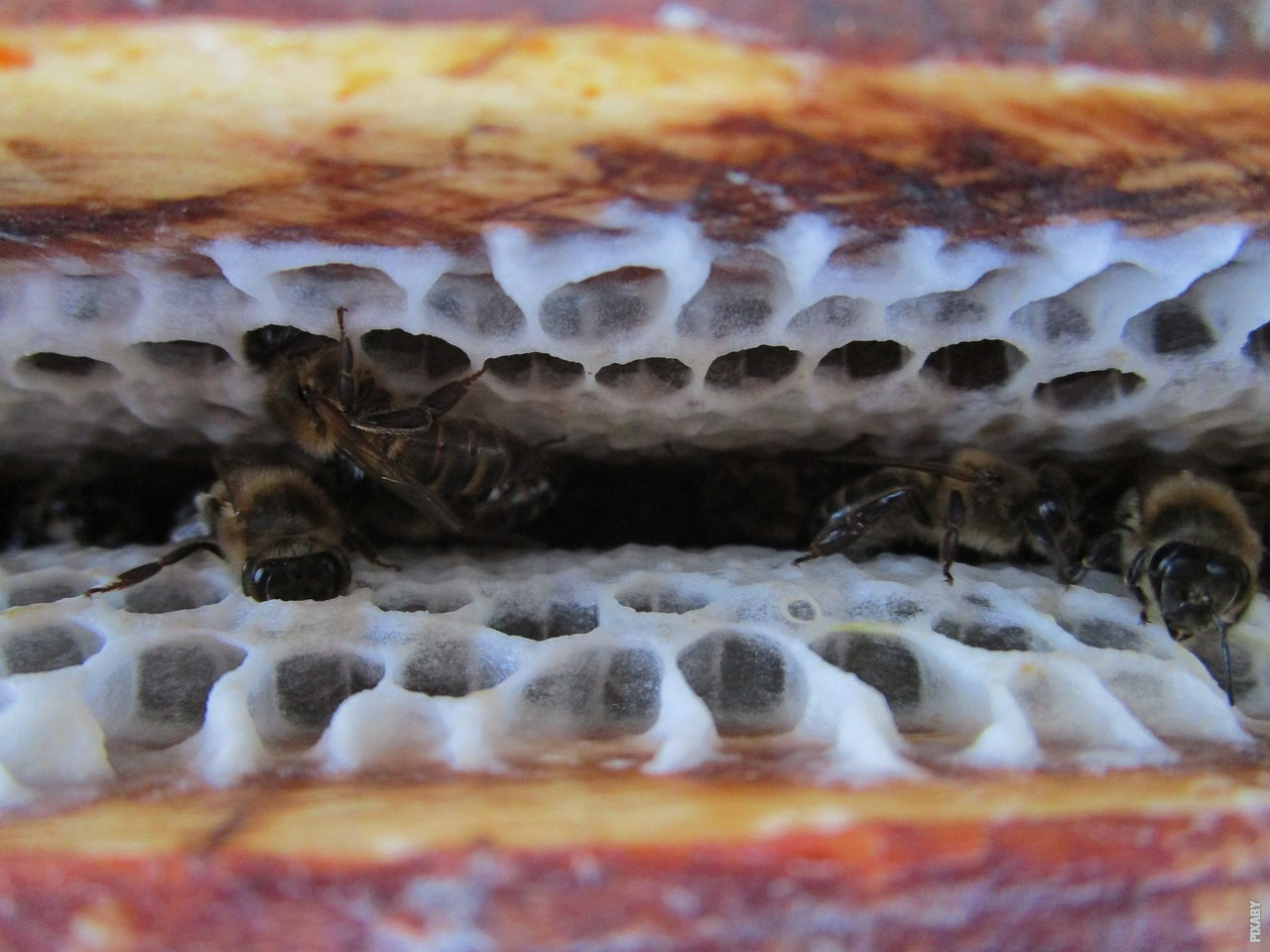The Marvelous World of Alveoli
The human body is a complex and fascinating machine, composed of various organs and systems working together to sustain life. One such system is the respiratory system, responsible for the exchange of oxygen and carbon dioxide. At the heart of this intricate process are the alveoli, tiny sacs within the lungs. Let’s dive into the captivating world of alveoli and uncover their extraordinary functionality.
The Anatomy of Alveoli
To truly grasp the inner workings of alveoli, we must first understand their structure. These grape-like clusters reside at the end of bronchioles, resembling a microscopic forest in the depths of the lungs. Each lung contains millions of alveoli, providing an extensive surface area for respiration.
Gas Exchange at its Finest
Once air reaches the alveoli, the magic of gas exchange begins. The walls of these tiny sacs are incredibly thin, allowing for efficient diffusion of gases. Oxygen from inhaled air diffuses into the bloodstream, binding to hemoglobin within red blood cells. Simultaneously, carbon dioxide, a waste product, is released from the blood and expelled through exhalation.
Surfactant: The Unsung Hero
Alveoli would not function optimally without the help of surfactant, a substance produced by specialized cells. Surfactant reduces surface tension within the alveoli, preventing them from collapsing during exhalation. This crucial component ensures a continuous exchange of gases, enabling efficient respiration.
Alveoli and Disease
Unfortunately, alveoli can be affected by various diseases, disrupting their normal functioning. One such condition is chronic obstructive pulmonary disease (COPD), where the alveoli lose their elasticity and become damaged. This leads to difficulties in exhaling and a decrease in oxygen exchange.
Post
Post
The Remarkable Adaptability of Alveoli
Alveoli possess an incredible ability to adapt to different circumstances. When exposed to high altitudes, where oxygen levels are lower, the body responds by producing additional alveoli to compensate. This remarkable adaptation ensures our survival even in challenging environments.
Conclusion
In the intricate world of the respiratory system, the alveoli stand out as remarkable structures. Their microscopic size and efficient functionality enable the exchange of gases, sustaining life as we know it. Understanding the inner workings of alveoli allows us to appreciate the complexity and beauty of the human body’s design.



